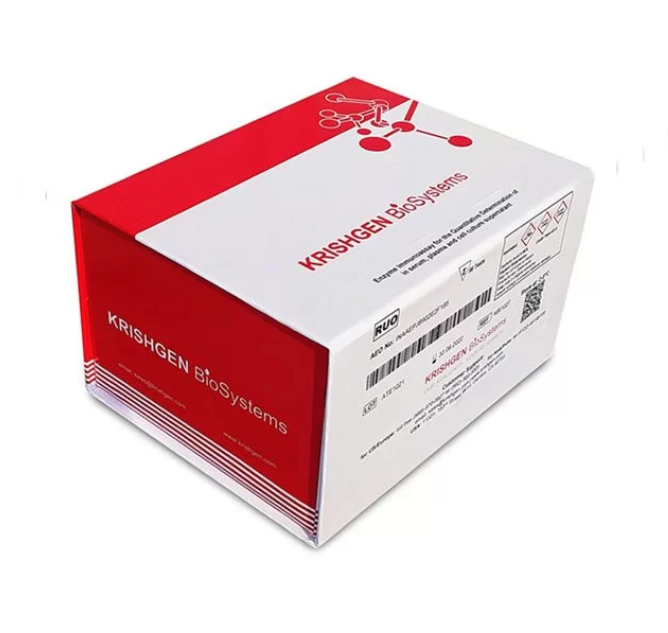Tissue engineering is a rapidly advancing field with the potential to revolutionize healthcare by repairing, replacing, or regenerating damaged tissues and organs. One of the key players in this area is the Hyaluronidase enzyme, which has gained attention for its ability to break down hyaluronic acid, a major component of the extracellular matrix. This enzymatic process has made Hyaluronidase a valuable tool in both medicine and tissue engineering, where it helps overcome barriers that can limit tissue regeneration and cellular integration.
In this article, we’ll explore the role of the Hyaluronidase enzyme in tissue engineering and how it is breaking down barriers to improve outcomes in regenerative medicine.
What is the Hyaluronidase Enzyme?
The Hyaluronidase enzyme is responsible for the degradation of hyaluronic acid, a naturally occurring polysaccharide found in the extracellular matrix (ECM) of connective tissues. Hyaluronic acid plays an important role in maintaining the structure and hydration of tissues, but in some contexts, its excessive presence can inhibit cellular movement and the integration of engineered tissues.
Hyaluronidase works by breaking the bonds in hyaluronic acid, reducing its viscosity and promoting the diffusion of substances, such as nutrients and growth factors, through the tissue. This ability to modulate the ECM is what makes Hyaluronidase a powerful tool in tissue engineering.
Role of Hyaluronidase in Tissue Engineering
1. Facilitating Cell Migration and Integration
One of the primary challenges in tissue engineering is encouraging cells to migrate and integrate into scaffold materials designed to regenerate tissues. The Hyaluronidase enzyme helps by breaking down excess hyaluronic acid, which can create a dense matrix that restricts cell movement. By reducing the viscosity of the ECM, Hyaluronidase enables better cell migration, which is crucial for the successful formation and remodeling of tissues.
In applications where cells need to move freely to proliferate and create new tissue, Hyaluronidase improves the overall effectiveness of tissue engineering approaches.
2. Enhancing Drug and Nutrient Delivery
Tissue engineering often involves the use of scaffolds and biomaterials to support the growth of new tissues. However, the dense nature of hyaluronic acid in the ECM can sometimes prevent the efficient diffusion of essential nutrients, oxygen, and therapeutic agents. The Hyaluronidase enzyme helps overcome this barrier by degrading hyaluronic acid, creating channels that facilitate better diffusion.
By enhancing the permeability of tissues, Hyaluronidase supports the delivery of drugs, growth factors, and other bioactive substances needed for tissue regeneration.
3. Improving Wound Healing and Regeneration
Hyaluronic acid plays a dual role in wound healing—it supports tissue hydration and matrix formation but can also inhibit the later stages of healing when tissue remodeling is needed. The controlled use of Hyaluronidase can help in wound healing by breaking down excessive hyaluronic acid, allowing for better tissue remodeling and scar reduction.
In tissue engineering, this means that Hyaluronidase can be used to promote faster recovery by enhancing tissue regeneration and reducing the formation of fibrotic tissue.
4. Applications in Soft Tissue Augmentation
Hyaluronidase has found widespread use in aesthetic medicine, particularly in procedures involving soft tissue augmentation. It is commonly used to dissolve hyaluronic acid-based dermal fillers, which are widely employed in cosmetic treatments. In tissue engineering, this property is harnessed to modulate the ECM in soft tissue reconstruction, making it easier to remodel tissues for both cosmetic and therapeutic purposes.
Its ability to break down hyaluronic acid without damaging other components of the ECM makes Hyaluronidase a valuable tool in soft tissue engineering and regenerative treatments.
5. Potential for Anti-Fibrotic Therapy
One of the promising areas of research involving the Hyaluronidase enzyme is its potential role in anti-fibrotic therapy. Fibrosis, the excessive buildup of fibrous tissue, is a major challenge in both tissue engineering and regenerative medicine. By breaking down the hyaluronic acid that contributes to this fibrotic response, Hyaluronidase can help reduce scarring and improve the function of engineered tissues.
This application has potential benefits for a wide range of conditions, from chronic wounds to organ regeneration.
Conclusion
The Hyaluronidase Enzyme is proving to be a vital tool in tissue engineering, breaking down barriers that impede tissue regeneration and integration. By facilitating cell migration, improving nutrient delivery, enhancing wound healing, and offering anti-fibrotic benefits, Hyaluronidase plays a crucial role in advancing the field of regenerative medicine. As researchers continue to explore its applications, the Hyaluronidase enzyme will undoubtedly remain a key player in the development of innovative solutions for tissue repair and regeneration.









